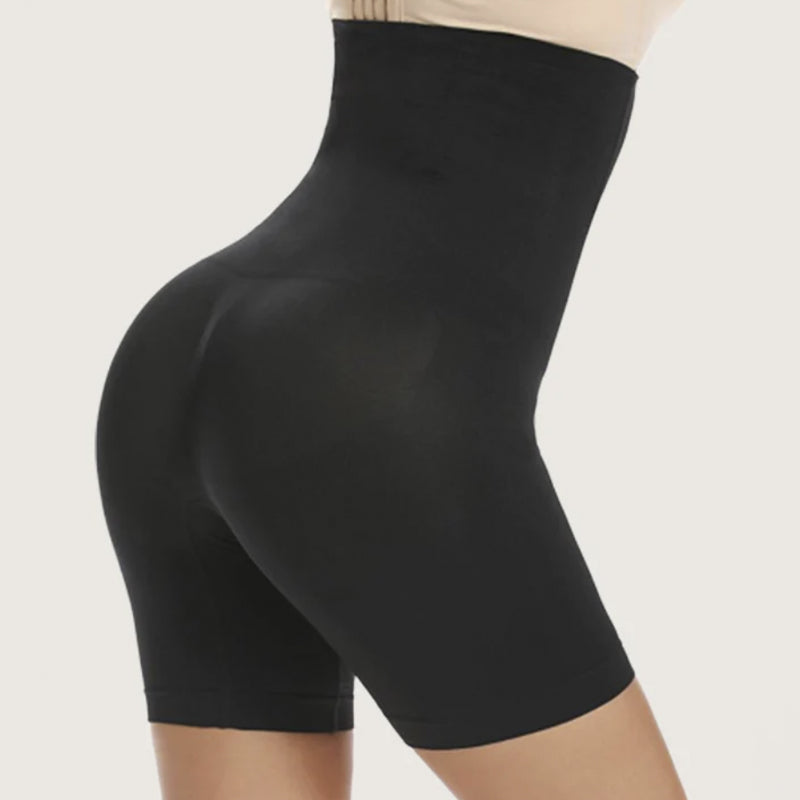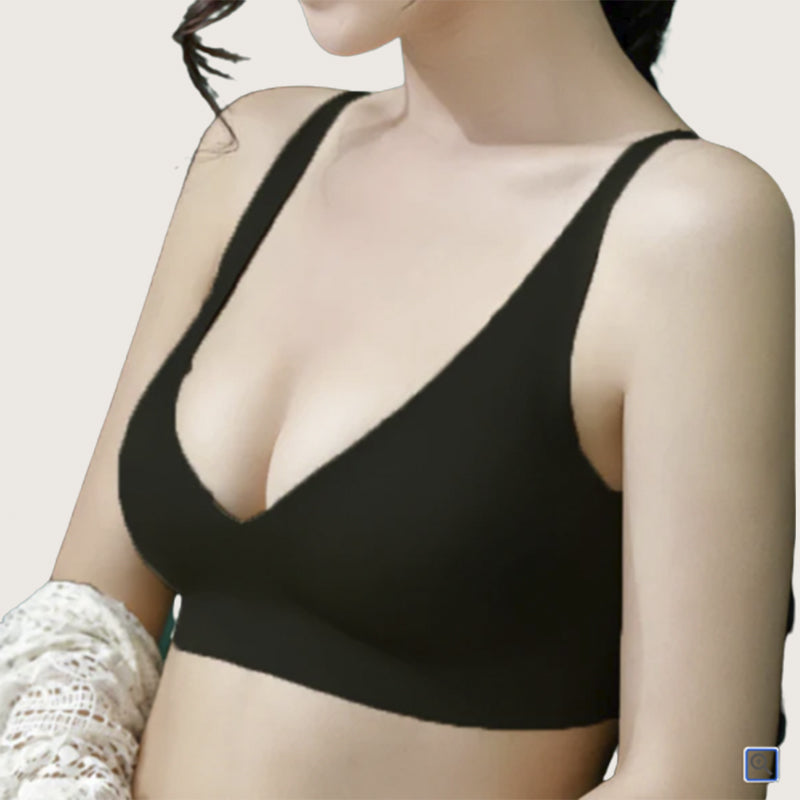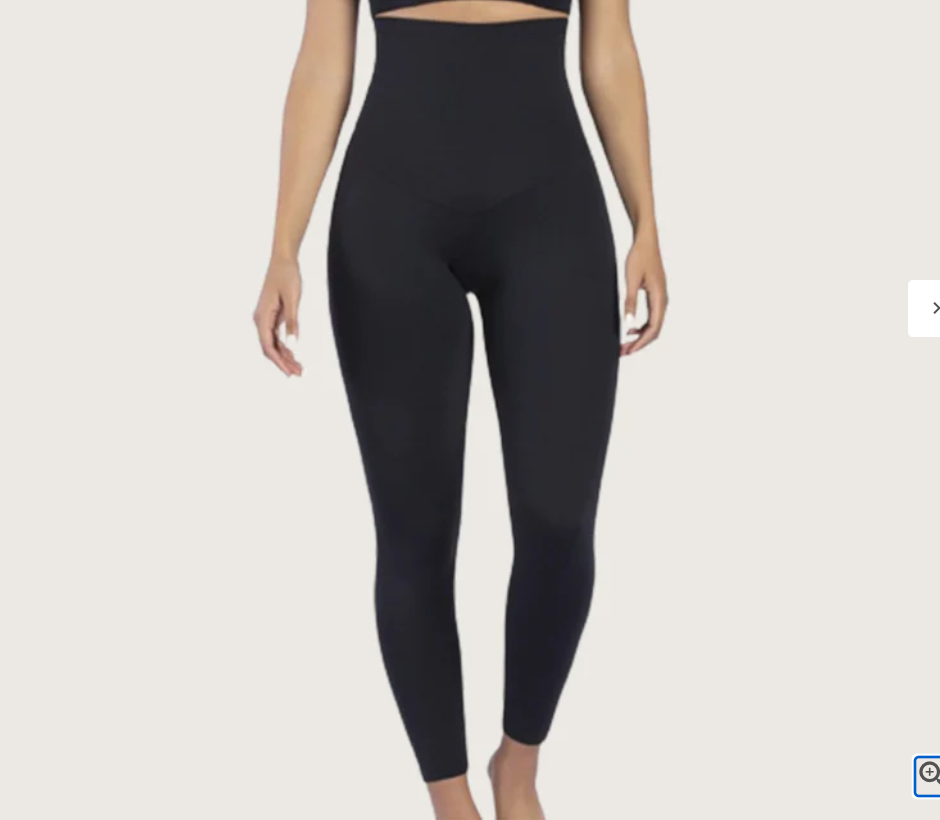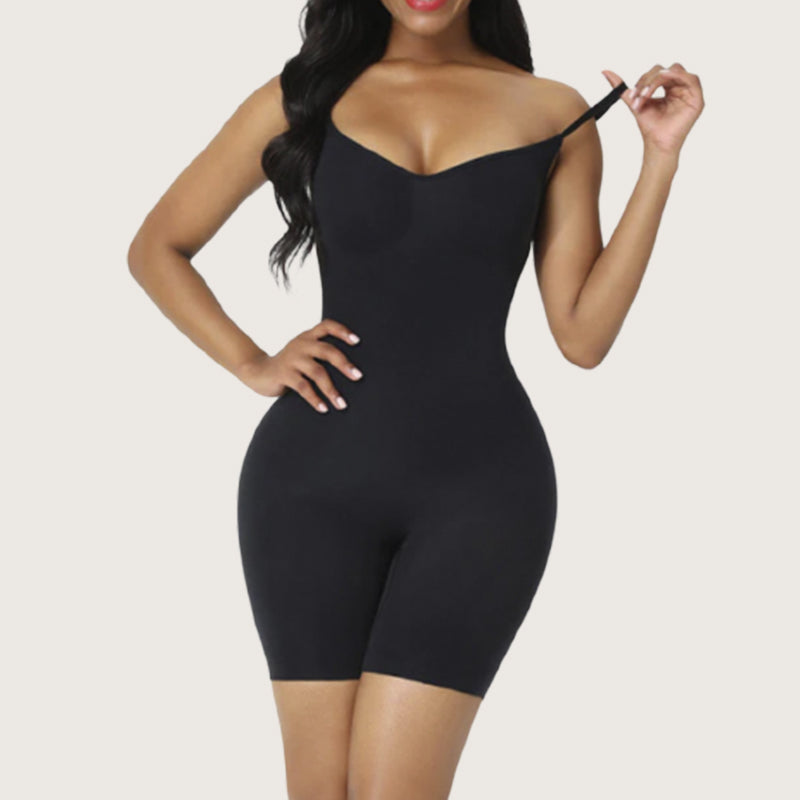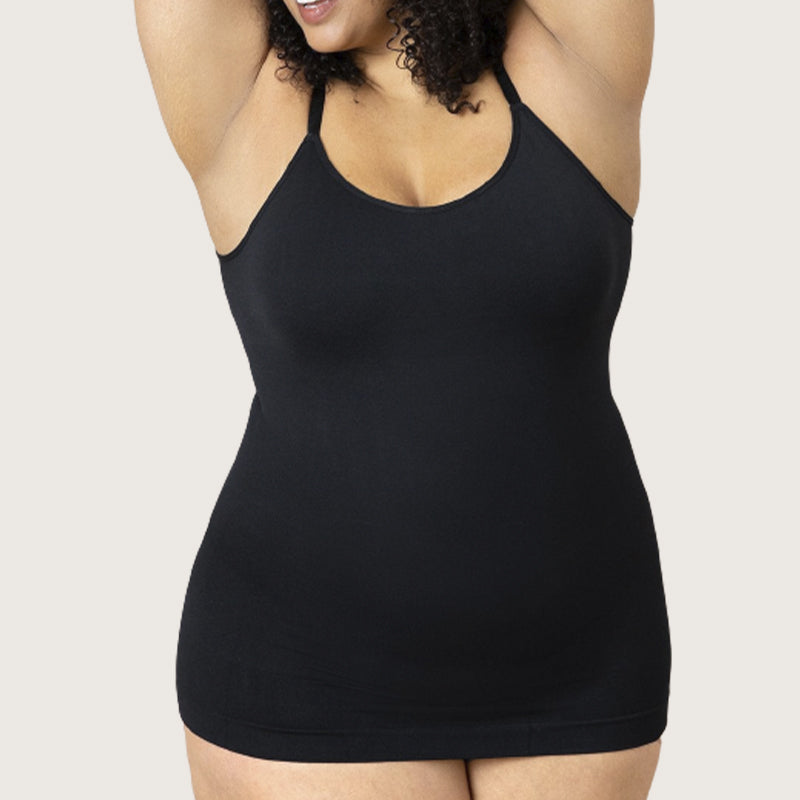In the world of body-shaping garments, two popular options stand out: waist trainers and shapewear. While both aim to sculpt and contour the body, they differ in their design, purpose, and potential effects. In this article, we'll explore the similarities and differences between waist trainers and shapewear, examining their features, benefits, and potential drawbacks.
Table of Contents
What is a Waist Trainer?
A waist trainer is a compression garment designed specifically to cinch and reshape the waistline. It typically features rigid materials like plastic or steel boning, as well as a hook-and-eye or velcro closure system. Waist trainers are meant to be worn tightly around the midsection, exerting constant compression.
You might also be interested in our other comparison guides such as Shapewear vs No Shapewear, Corset vs Shapewear, and Girdle vs Shapewear.
Claimed Benefits of Waist Trainers
- Waist Slimming: Proponents of waist trainers claim that the constant compression can help temporarily cinch the waist, creating an hourglass figure or a more defined waistline.
- Posture Improvement: Some believe that the rigid structure of waist trainers can help improve posture by supporting the back and encouraging an upright stance.
- Sweat Promotion: Waist trainers are often advertised as a tool to increase core temperature and promote sweating, which some claim can aid in weight loss or fat burning around the midsection.

Potential Risks of Waist Trainers
- Breathing Difficulties: Wearing an overly tight waist trainer can restrict breathing and lung capacity, leading to potential health issues.
- Digestive Problems: The compression around the abdomen can interfere with proper digestion and bowel movements, potentially causing discomfort or more serious issues.
- Organ Compression: Excessive compression from waist trainers may put pressure on internal organs, such as the liver, kidneys, and intestines, which can be harmful over time.
- Bruising and Skin Irritation: Tight waist trainers can cause bruising, chafing, or skin irritation, especially if worn for prolonged periods.
Understanding Shapewear
What is Shapewear?
Shapewear, also known as body shapers or control garments, are designed to smooth and contour the body's overall silhouette. Unlike waist trainers, shapewear is typically made from stretchy, compressive fabrics that provide a more evenly distributed compression across different areas of the body.
Claimed Benefits of Shapewear
- Smoothing and Contouring: Shapewear can help minimize the appearance of bulges, lumps, and visible panty lines, creating a smoother and more streamlined silhouette under clothing.
- Posture Support: Some shapewear garments, particularly bodysuits or high-waisted styles, can provide back and abdominal support, which may improve posture and alleviate discomfort caused by poor posture or weak core muscles.
- Confidence Boost: Many individuals report feeling more confident and comfortable in their clothing choices when wearing shapewear, particularly for special occasions or formal events.

Potential Drawbacks of Shapewear
- Discomfort and Restricted Movement: While shapewear can provide a sleek appearance, it can also be uncomfortable and restrictive, especially if worn for extended periods or if it is too tight.
- Health Concerns: Wearing overly compressed shapewear for prolonged periods can potentially lead to health issues, such as digestive problems, poor circulation, and even nerve compression in severe cases.
- Body Image Concerns: Some individuals may develop unrealistic body expectations or develop a reliance on shapewear for feeling confident in their own skin.
Comparing Waist Trainers and Shapewear
Compression and Contouring
- Waist Trainers: Waist trainers exert intense, targeted compression around the waistline, aiming to cinch and reshape the midsection.
- Shapewear: Shapewear provides more evenly distributed compression across various areas of the body, smoothing and contouring the overall silhouette.
Design and Materials
- Waist Trainers: Often feature rigid materials like plastic or steel boning, as well as hook-and-eye or velcro closures.
- Shapewear: Typically made from stretchy, compressive fabrics like nylon, spandex, or elastane.
Intended Purpose
- Waist Trainers: Primarily designed to achieve an hourglass figure or a more defined waistline through intense waist compression.
- Shapewear: Intended to smooth and contour the overall body shape, minimizing bulges and creating a sleek silhouette under clothing.
Comfort and Mobility
- Waist Trainers: Due to their tight compression and rigid materials, waist trainers can be more restrictive and may limit mobility and breathing.
- Shapewear: While still compressive, shapewear is generally more flexible and comfortable, allowing for greater mobility and ease of movement.
Health Considerations
- Waist Trainers: Potential risks include breathing difficulties, digestive problems, organ compression, and skin irritation if worn too tightly or for prolonged periods.
- Shapewear: While generally safer than waist trainers, shapewear can still lead to discomfort, poor circulation, and potential health issues if worn excessively or if it is too tight.

Popular Product Recommendations
If you're interested in exploring waist trainers or shapewear, here are some popular products from BodysculptorX that may suit your needs:
For Waist Training:
- Neo Waist Trainer: This waist trainer features a flexible yet compressive design, aiming to cinch and sculpt the waistline while providing back support.
- Zip Lace Waist Training Corset: This lace-up corset-style waist trainer offers intense compression and a stylish look, helping to create an hourglass silhouette.
For Overall Body Shaping:
- Butt Lifter Sculpting Shaper: This shapewear garment targets the midsection and buttocks, providing compression and contouring for a lifted and sculpted look.
- Full Body Zip Shaper Faja: This full-body shaper with a zipper closure offers comprehensive compression and smoothing from the bust to the thighs.
- Hourglass Body Shaper: This all-in-one bodysuit shaper is designed to create an hourglass figure by cinching the waist and smoothing the overall silhouette.
Final Thoughts
When it comes to choosing between waist trainers and shapewear, it's essential to consider your personal goals, comfort level, and potential health risks. Waist trainers offer intense compression for a more dramatic waist-slimming effect, but they also carry greater risks and potential discomfort. Shapewear, on the other hand, provides a more balanced approach to contouring and smoothing, with less extreme compression and generally fewer health concerns.
Ultimately, the decision should be based on your individual needs and priorities. If you're seeking a temporary, dramatic waist-slimming effect and are willing to accept the potential risks and discomfort, a waist trainer may be an option – but it's crucial to wear it responsibly and not excessively. If you prioritize overall body contouring, comfort, and mobility, shapewear may be the better choice.
Regardless of your choice, it's essential to listen to your body, wear these garments in moderation, and prioritize your overall health and well-being. It's also important to maintain realistic expectations and cultivate self-acceptance, as these garments should enhance, not define, your self-confidence.
Also Read:
- Benefits of Shapewear
- What is a Gusset in Shapewear
- Best Shapewear for Plus Size
- What Color Shapewear Under White Dress
- What Color Shapewear is Best
